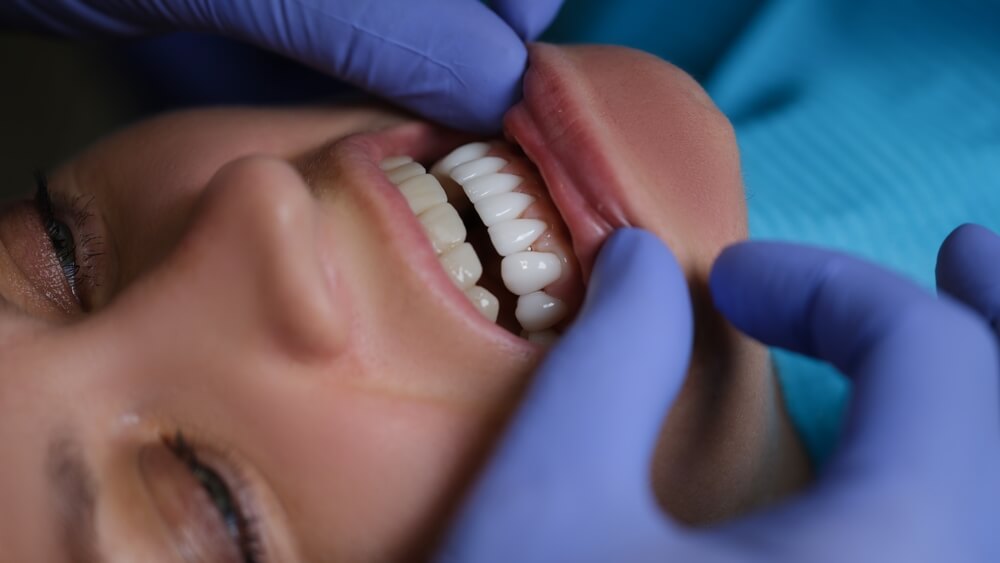When achieving that picture-perfect smile, the debate about veneers vs. Invisalign often arises. But did you know that you don’t necessarily have to choose between the two? In fact, a combination of both treatments might be the ideal solution for certain dental issues. Let’s explore the differences, benefits, and considerations of veneers versus Invisalign to help you make an informed decision for your dental health.
Understanding the Options
What Are Veneers?

Veneers are thin, custom-made shells crafted from tooth-colored materials like porcelain or composite resin. They are designed to cover the front surface of teeth to improve their appearance. Veneers can address a variety of cosmetic concerns, including discoloration, gaps, and minor misalignments.
Introducing Invisalign
Invisalign, on the other hand, is a modern orthodontic treatment that utilizes clear, removable aligners to gradually straighten teeth. Unlike traditional braces, Invisalign aligners are virtually invisible, offering a discreet way to achieve a straighter smile without the hassle of metal wires and brackets.
The Case for Combination
Evaluating Your Dental Needs
In some cases, a combination of both veneers and Invisalign may be necessary to achieve optimal results. If your teeth are severely crowded or your bite is misaligned, undergoing Invisalign treatment first can create the necessary space and alignment to apply veneers effectively. This sequential approach ensures that the underlying dental issues related to veneers vs. Invisalign are addressed before cosmetic enhancements are made.
Managing Wear and Tear
Additionally, if your teeth have already experienced significant wear and tear due to misalignment or grinding, starting with Invisalign can help mitigate further damage. By aligning your teeth properly, you can prevent excessive strain on veneers and reduce the risk of them popping off or breaking prematurely.
Considering the Risks
Veneers: Potential Drawbacks
While veneers offer remarkable cosmetic improvements, they are not without risks. Depending on your bite and dental habits, there is a possibility of veneers becoming dislodged or damaged over time. Individuals with severe misalignments or bruxism may be at higher risk for these complications.
Invisalign: Compliance and Commitment
On the other hand, Invisalign requires strict adherence to wearing the aligners as instructed by your dentist. Failure to wear the aligners consistently can prolong treatment time and compromise results. Additionally, proper oral hygiene practices are essential to prevent cavities and maintain overall oral health during Invisalign treatment.
Making an Informed Decision
When deciding veneers vs. Invisalign, it’s crucial to consult with a qualified dentist or orthodontist who can assess your individual needs and recommend the most suitable treatment plan. Factors such as the severity of your dental issues, your aesthetic goals, and your lifestyle should all be taken into consideration before making a decision.
In Summary

The choice between veneers vs. Invisalign is not always black and white. By understanding the benefits and limitations of each treatment option and considering a combination approach, you can achieve the smile of your dreams while ensuring the long-term health and stability of your teeth. So whether you opt for veneers, Invisalign, or a combination of both, rest assured that modern dentistry offers solutions to help you achieve the confident smile you deserve. If you have any further questions or would like personalized guidance, don’t hesitate to contact Indian Trail Dental today.



